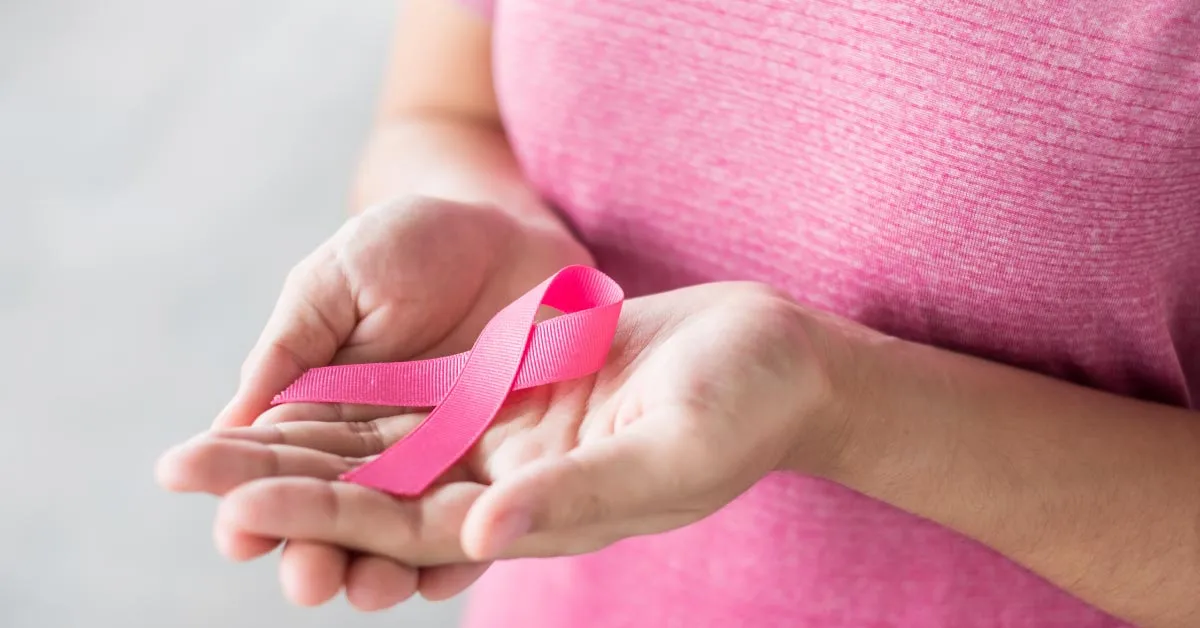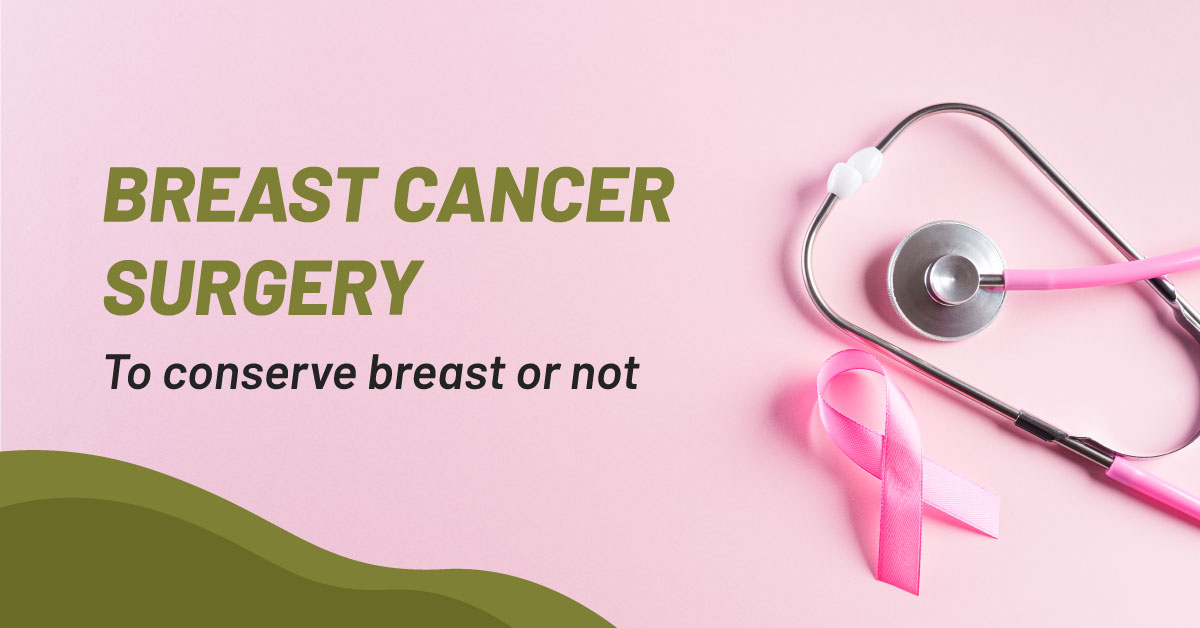
Abstract
Adnexal carcinomas represent only 1%-2% of all skin cancers. Most of the adnexal skin carcinomas are highly malignant and are difficult to diagnose clinically or even histologically. We present the first reported case of syringocystadenocarcinoma papilliferum(SCACP) in the breast, which had infiltrated to the entire left breast. In this case, we performed a modified radical mastectomy with wide skin excision.
Case Presentation

Fig. 1.1
A 37-year-old woman presented to the hospital with an ulcerated mass in the left breast for the past 3 years (see Fig. 1.1). The mass was painful with a foul-smelling discharge. The condition had been diagnosed as a breast abscess for a long time; for which she received multiple courses of antibiotics as part of treatment.
Past Medical History
The patient was a premenopausal woman with two children. Her menstrual cycle was irregular. There was no reported personal history of diabetes, hypertension, benign breast disease, hypothyroidism or surgery. Also, there was no significant family history.
General and Systemic Examination
- The patient was moderately built and appeared well-nourished. There were no reports of anemia, jaundice or generalized lymphadenopathy.
- Systemic investigations did not reveal any abnormality. There was no report of organomegaly.
Local Examination
The patient had a large 20×20 cm ulcerated lesion on the left breast, which involved the pectoralis major but not the chest wall. A few nodes were palpable, hard, and non-tender. The supraclavicular fossae were normal. She also had a 2×2 cm naevus, just superior to this lesion on the chest wall. The other breast and axilla were normal.
Investigations

Fig.1.2
- The routine blood and urine examinations were normal.
- The CT scan showed the lesion arising from the skin with ulceration, involving the entire left breast and some nodes are seen in the axilla (see Fig. 1.2).
- Biopsy revealed an adnexal skin tumor.
Diagnosis
The patient was diagnosed as a rare case of syringocystadenocarcinoma papilliferum — infiltrating the entire left breast.
Management

Fig.1.3
Because of the massive involvement of the breast and significantly enlarged lymph nodes, the patient underwent a modified radical mastectomy with wide excision of the skin (see Fig. 1.3). Overall, 33 nodes not involved with cancer were also removed. The post-operative period was uneventful and no complications have been reported so far.
Discussion
Melanomas account for 4%-7% of skin cancers, while the remaining 93%-96% are non-melanomas. Adnexal tumors, which are derived from sweat glands, sebaceous glands, and hair follicles, represent 1%-2% of all skin tumors.1 Most of the skin adnexal tumors are benign and curative with local complete surgical excision. On the contrary, their malignant counterparts are rare, locally aggressive, with the potential for nodal involvement and distant metastasis. Thus, detecting the malignancy in skin adnexal tumors is critical for therapeutic and prognostic purposes.
Syringocystadenocarcinoma papilliferum(SCACP) is an extremely rare, cutaneous adnexal carcinoma, considered as the malignant form of its benign counterpart, syringocystadenoma papilliferum (SCAP).2,3 First described in 1980, a typical syringocystadenocarcinoma papilliferum presents as a long-standing lesion, commonly on the head and neck (though also reported on the scalp, back, chest, suprapubic area, and perianal region) in middle-aged or elderly individuals. They are generally seen as raised and nodular neoplasms with possible ulceration, secretion, or pain.
Cases of syringocystadenocarcinoma papilliferum have been reported as individual case reports and case series. Our case is distinctive in the aspect that it is the first reported case of syringocystadenocarcinoma papilliferum involving the breast tissue. Distinguishing syringocystadenocarcinoma papilliferum from mammary carcinomas is particularly challenging, considering the apocrine histologic features and possibly shared estrogen receptor expression.
Surgery is the preferred treatment modality for malignant adnexal tumor cases. In this case, a modified radical mastectomy with wide skin excision was performed to remove all of the tumors.
Conclusion
We presented a rare, mammary tissue involvement of a rare clinical entity, syringocystadenocarcinoma papilliferum(SCACP). This case emphasizes the need for a careful and broad spectrum of differential diagnosis in a patient presenting with mammary lesions to arrive at an accurate diagnosis and achieve optimal treatment outcomes.
References
- Guerrissi JO, Quiroga JP. Adnexal carcinomas of the head and neck. Indian J Plast Surg. 2008;41(2):229-234.
- Alsaad KO, Obaidat NA, Ghazarian D. Skin adnexal neoplasms – part 1: an approach to tumors of pilosebaceous unit. J Clin Pathol. 2007;60:129-144.
- Leeborg N, Thompson M, Rossmiller S, Gross N, White C, Gatter K. Diagnostic pitfalls in syringocystadenocarcinoma papilliferum. Arch Lab Path Med. 2010;13:1205-1209.


